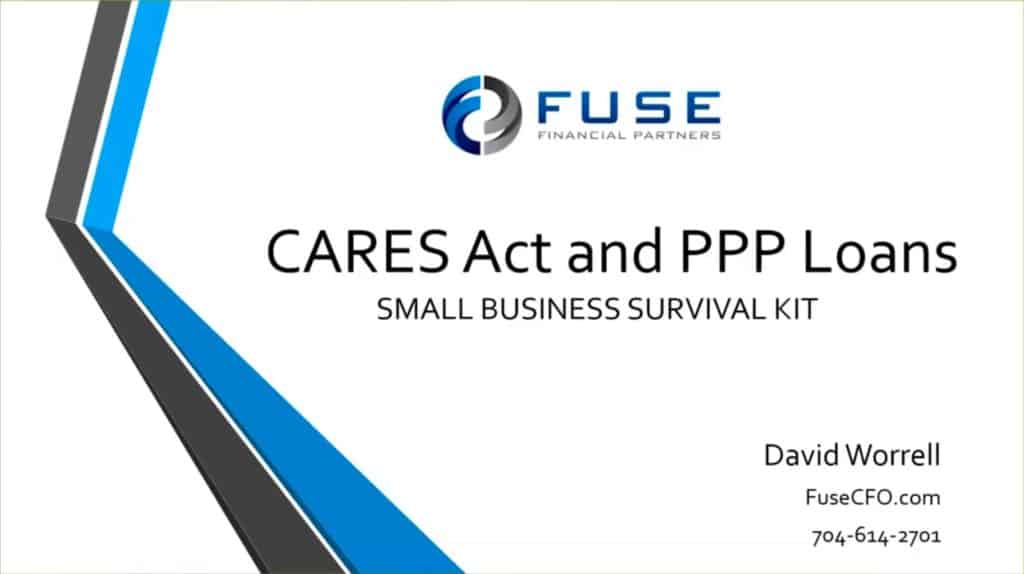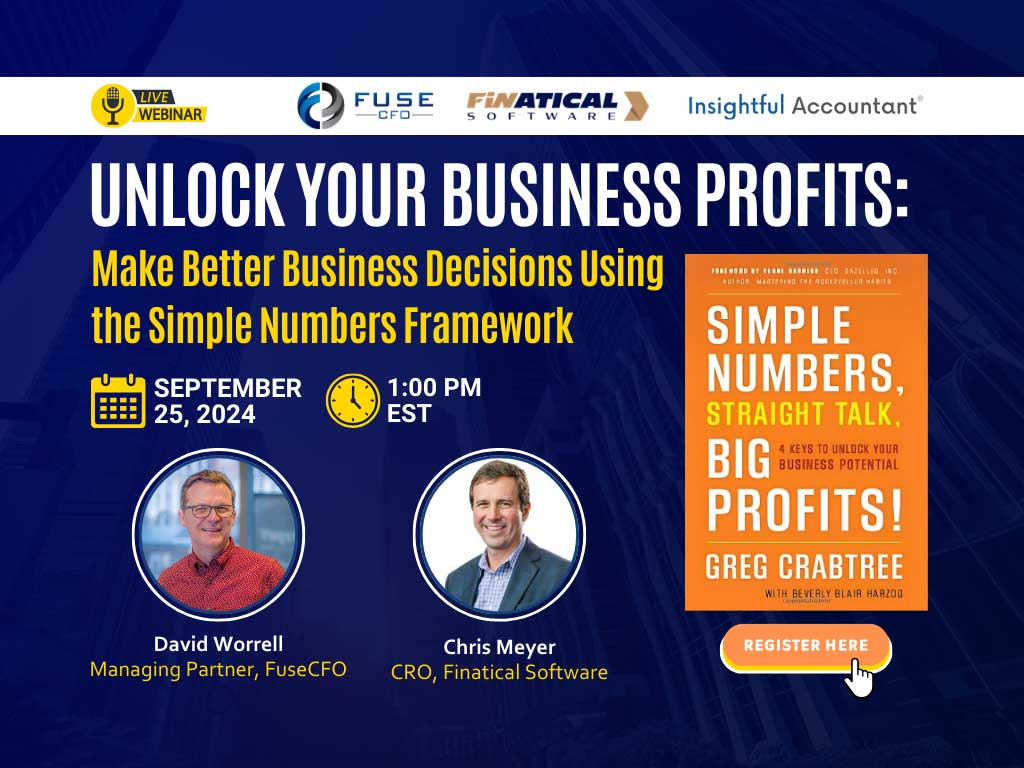PPP Rules, Resources & Links You Need Now

Quick Recap: There are already 3 major federal legislative responses to the COVID crisis, and each is full of opportunities — and responsibilities — for small business owners.
- Covid Preparation Act that created the Covid Disaster Loans
- The Families First Act (FMLA and Sick Time)
- And the CARES Act that created the Payroll Protection (PPP) loans.
We’ve covered all 3 here. Scroll down to see the PPP.
Or Watch the Webinar Recording … or Download the PPP FAQ.
1. SBA DISASTER RELIEF LOANS (also called “EIDL” – Economic Injury and Disaster Loans)
The SBA Disaster Relief Loans are already being processed. Apply for up to $2 million at https://covid19relief.sba.gov/#/ (an online-only version).
- These loans may be used to pay fixed debts, payroll, accounts payable, working capital, and other bills that can’t be paid because of the disaster’s impact. The interest rate is 3.75% for small businesses. The interest rate for non-profits is 2.75%.
- SBA offers loans with long-term repayments in order to keep payments affordable, up to a maximum of 30 years. Terms are determined on a case-by-case basis, based upon each borrower’s ability to repay.
- Be sure to request the $10,000 emergency money! It will be sent to you quickly (3 to 10 days in our experience) and the $10k will be forgiven, however it will be deducted from any forgiveness you get through the PPP below (you can’t have it twice!).
- The CARES ACT modified the Disaster Relief Loan Program as follows:
- Created the $10k emergency check mentioned above.
- Waived rules related to personal guarantees on advances and loans of $200,000 or less for all applicants;
- Waived the “1 year in business before the disaster” requirement (except the business must have been in operation on January 31, 2020);
- Waived the requirement that an applicant be unable to find credit elsewhere; and
- Allows lenders to approve applicants based solely on credit scores (no tax return submission required) or “alternative appropriate methods to determine an applicant’s ability to repay.”
2. THE FAMILIES FIRST ACT (including Paid Sick Leave and FMLA)
Paid Sick Time Off and FMLA were the key features of the Families First Act, enacted in early March. The U.S. Department of Labor Published their Guidance on Paid Sick Leave and Expanded FMLA (Family and Medical Leave Act) under the Families First Coronavirus Response Act.
- There are some exemptions for companies with fewer than 25 employees.
- Fact Sheet for Employers
- Fact Sheet for Employees
- Poster for Employees
- Note: “Every dollar of required paid leave (plus the cost of the employer’s health insurance premiums during leave) will be 100% covered by a dollar-for-dollar refundable tax credit available to the employer.” (source: SBA.gov) This means that you may not have to go out-of-pocket to pay for this if you are careful. Consult your payroll provider first.
- Note: “Certain provisions may not apply to certain employers with fewer than 50 employees. See Department FFCRA regulations (expected April 2020).” (sourece: SBA.gov)
3. THE NEW CARES ACT and the “Forgivable PPP Rules For Loan” program
The CARES Act and Payroll Protection Loan Program (PPP) was signed into law on Friday March 27. Here’s the Full Text of the law from Congress.gov and the Summary from GovTrack. Also, here’s a quick PPP FAQ we put together for you and the full webinar.
- The PPP application form is available for download. This is NOT the full application, which will happen through your bank’s website.
- The SBA guidance confirms that loan proceeds must be used “at least 75%” for payroll only. (The other 25% can be used for rent & utilities, etc.)
- Several banks are still not ready to accept applications. We’re recommending a “wait” strategy for now — the loan application will go better through your current banking relationship. But non-bank lenders are breaking through. PayPal was approved as a lender (04/10) and Intuit QuickBooks appears to be up next.
- Some banks have released their own application forms, although I have found blatant errors in them. Take these with a grain of salt.
- You should apply ONLY at a bank where you already have a client relationship. Most banks are not accepting apps from non-clients. And you should not apply more than once. (You cannot get more than one loan anyway.)
- Some banks are MISTAKENLY saying that you cannot apply for BOTH the PPP and the Disaster Loan (EIDL). The law says you simply cannot apply for two loans for the same purpose, but the EIDL loan is for working capital, and the PPP loan is for Payroll. You CAN apply for both. This is confirmed in the IFR document. The SBA has told me that you may even use the Disaster (EIDL) loan for payroll AFTER the PPP money runs out. (PPP covers just 8 weeks. EIDL covers up to 6 months.)
- If you applied for the Disaster loan (EIDL) at SBA.gov prior to 03/30, you should go back to the site and apply again. This will allow you to ask for the $10,000 emergency grant.
- If you accept the $10k emergency grant it will REDUCE your PPP loan forgiveness (in other words, you can’t have both) although it will NOT reduce the PPP loan amount you receive.
- If you RECEIVED an EIR loan before 04/03, you can and should roll it into the forgivable PPP. The new application form includes this option.
- The term for the PPP loan is 2 years at 1% interest. No payments are due during first 6 months, but interest still accrues. [This is different than the 10 year repayment at 4% we initially expected. AND also different than the 2 years at 0.5% proposed on 04/02!]
- PPP Loan Forgiveness will include both principal and interest — including interest that accrues during this 2 month period.
- Small businesses can borrow up to 2.5x (Two and One Half times)* their average monthly payroll (average during 2019). Alternate calculations are available for certain businesses. [*NOTE: This amount changed in the final signed law. It had been 4x in the Senate bill.]
- Independent Contractors can now apply for the PPP loan, but not all banks are ready for them. As with employers, the loan to independent contractors is eligible for forgiveness with documentation of how you spent the money.
- Forgiveness of the loan (cancellation of the debt) will be granted in the percentage of the employees you maintain during the 8 week period after you get the loan versus the average FTEs in 2019. More specifically, the average number of Full Time Equivalent (FTE) employees per month after you get the loan this year compared to the average FTEs in 2019. If you’re a new or seasonal business, there are other options.
- The forgiven amount is non-taxable.
- Any un-forgiven loan becomes an SBA 7(a) loan. Repayment terms are 2 years at 1%. No payments are due during the 6 months following receipt of the loan, although interest does accrue. No penalty for early repayment.
- You’ll need to collect at lest the following documents:
- (1) 941s, W3, or other payroll tax reported to the IRS;
- (2) The dollar amount the employer paid for State payroll, and unemployment insurance filings (SUTA) or local taxes;
- (3) Financial statements verifying healthcare & retirement benefits paid during 2019
- (4) any other documentation the Bank determines necessary.
- (5) To get forgiveness you’ll need payroll details to show how many people you employed, how many hours they worked, and how much was paid to each. Keep track!
YOUR LOAN STRATEGY MATTERS
The CARES ACT Payroll Protection Program is completely unprecedented and has $350 billion to loan.
Be careful with your strategy, however, as it may not be possible to take advantage of all of these opportunities. Before you lay off employees, consider all the angles.
Want to keep reading? Here’s a great PDF Summary of Covid Crisis Loans, which comes from the US Chamber of Commerce.
Want to Talk? Please call me, David Worrell, anytime at 704-614-2701 (or email [email protected]).
Also, Fuse is offering to help with any part of your loan application processes for low hourly rate. Hope we can help you weather the storm ahead.
Stay well,
David Worrell





